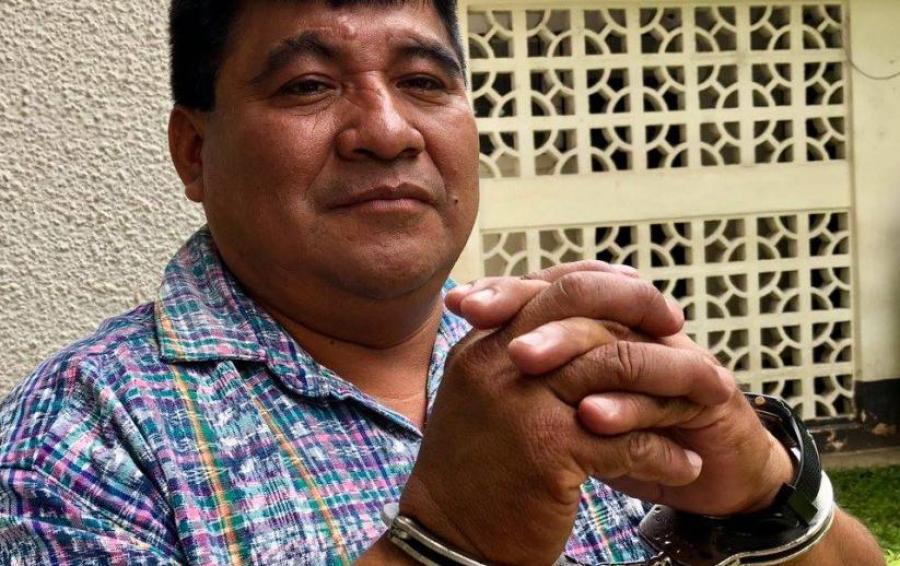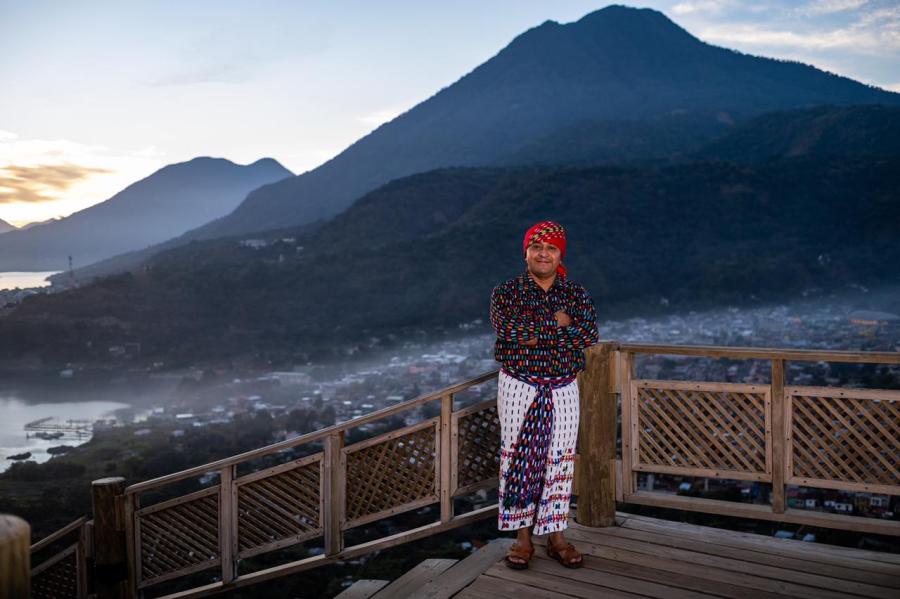Endangered languages have received considerable attention in the last decade, as it has been shown that a majority of the world's languages are facing possible extinction in the near future. The academic community has been called upon to show solidarity with dying languages, because these languages are 1) an important resource for the whole field of linguistics and language studies, since they show a great deal of variation in human language that might be lost, and 2) an important resource for their communities of speakers, since they contain characteristic ways of speaking and organizing knowledge about the world that might be lost, and furthermore symbolize and directly represent community allegiance and solidarity. The Life of Our Language is a case study of language maintenance, language shift leading to loss, and efforts toward language revitalization among Kaqchikel Mayas who live in the central highlands of Guatemala.
The major contribution of this book is that it documents the process of language loss for a language that still has a relatively large number of speakers. Population estimates are over half a million, a far cry from language communities that have only a dozen or so elderly speakers. None the less, Kaqchikel shows definite signs of language shift and loss. The book documents three different Kaqchikel towns in different stages of shift, and shows how different local histories have affected the language in each area. All, however, seem to be heading toward ultimate language loss, and the three areas represent different historical stages of shift that all Mayan languages seem to be going through.
However, the story does not end with the documentation of language shift and loss. The authors include a chapter on the language revitalization efforts that currently are underway in Kaqchikel communities. Although it is too early to document any changes as a result of these efforts, there is a strong suggestion that they may be in time to counteract loss. The authors are consistently cautiously optimistic about the future of Kaqchikel, in spite of the overwhelming evidence that it is under strong pressure to shift to Spanish. The recent history of other Mayan languages in Guatemala shows that they may be right -- shift has actually been reversed in some communities.
This book also offers a truly excellent review of what happens in language contact situations, a brief culture history of the Maya area, and a highly personalized and readable account of the language contact experiences of Wuqu' Ajpub'. This is a major strength; it shows very clearly what it might be like to experience language contact and language marginalization, and makes a strong plea for language maintenance from the point of view of the speakers.
Article copyright Cultural Survival, Inc.



